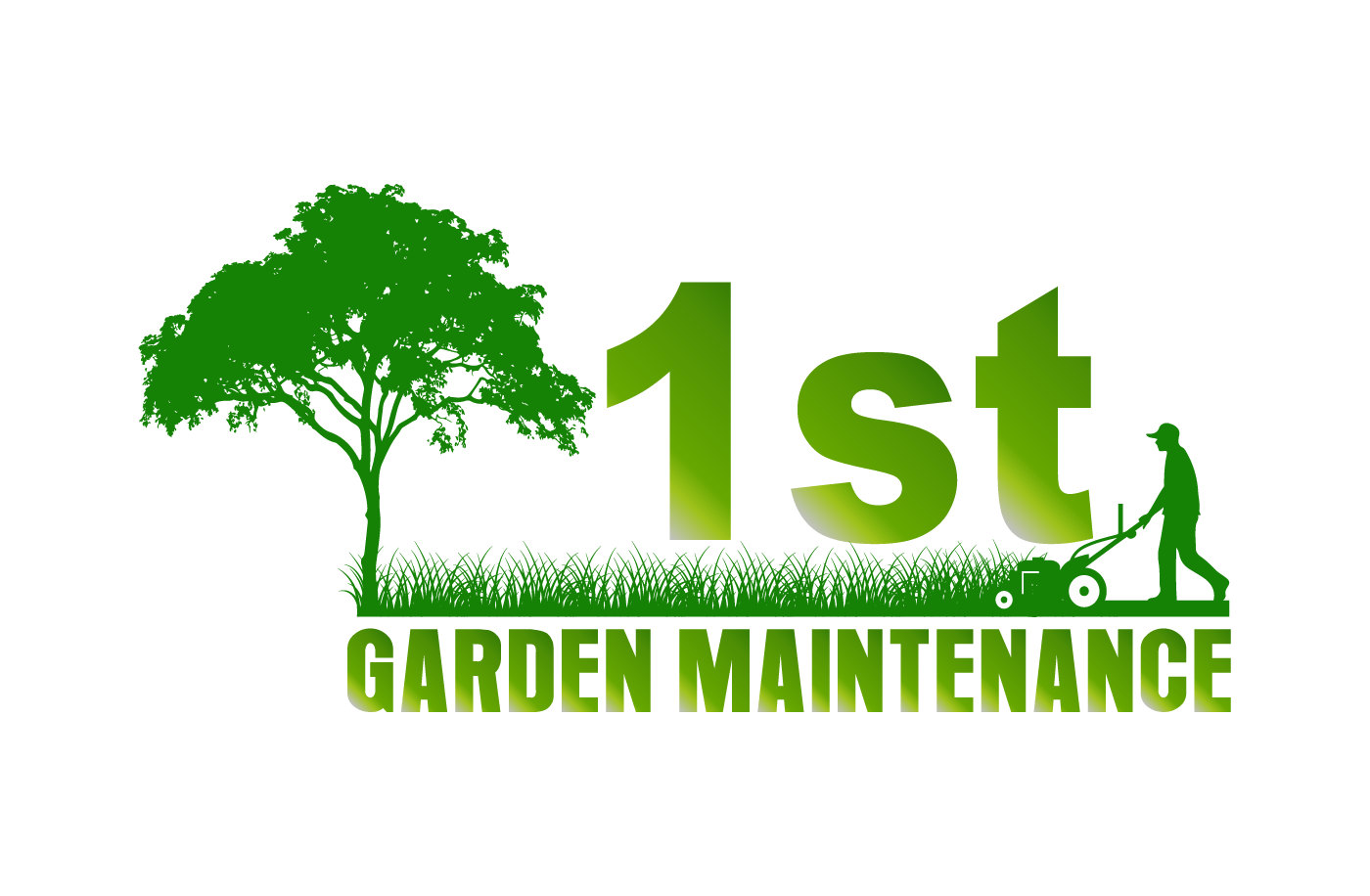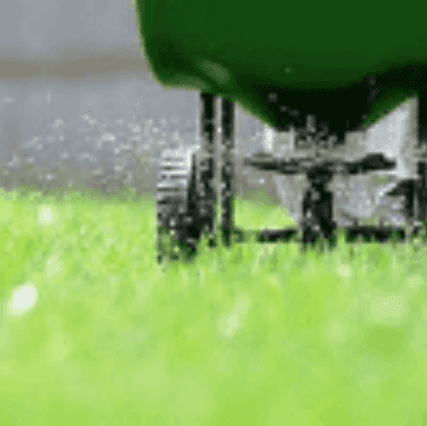Lawn Moss Control
Winchester, Chandlers Ford, Eastleigh, Southampton, Fareham & Waterlooville
Don't Let The Moss Destroy Your Lawn
Moss left untreated will eventually destroy a lawn.
Moss grows in lawns when the ground has been permanently wet or damp for a long period, such as over the winter. It doesn’t put down roots like other plants, it just clings to the surface drawing out all the nutrients in the surface of the soil.
If the moss is left in the lawn, it gradually kills the grass and eventually will take over large areas which could become very costly to rectify.
The remedy is:-
The drainage should be improved by having all the lawn Hollow Tine Aerated
Also have the lawn Scarified to remove the moss and thatch, so that the grass can have room to breath and grow.
Have a professional moss killer applied to kill off the remaining moss spoors.
Have a seasonal lawn fertiliser programme applied at regular intervals to keep the lawn in good condition.
Moss in lawns is a serious problem in the Spring and Autumn, and is often found where drainage is poor or the lawn is in the shade.
Moss is the name of a group of primitive non flowering plants that quickly spread as a spongy mass on undisturbed soil.
They reproduce from millions of microscopic spores produced on the leaves that float away from the mother plant on rainwater.
When found in a lawn, moss is a good indicator that:-
1. Ground remains wet for long periods
2. Soil is compacted and needs aeration
3. Nutrient level of soil is low
4. Area is shaded from regular sunshine
Burning off moss with a suitable lawn treatment is a service that we provide, but unless some of the conditions that favour the plant are changed, then the moss will return, springing up from spoors that remain in the soil surface.
Aeration of the lawn will improve drainage, and over-seeding with a grass seed mixture especially for shaded areas will improve the vigour of the lawn.
How to treat moss
Do not rake out the moss before it has been killed off by a lawn treatment because this will only spread the spores around and make it worse.
To prevent the moss from returning you need to take action to improve the conditions of the grass and soil and make it inhospitable for the moss.
Drainage
Improve drainage so the soil does not remain permanently wet. This means that it needs to be aerated with a special hollow tine aerator machine, which will improve drainage and generally reduce the compaction of the soil.
Where returning moss is a continual problem get the lawn aerated by a professional lawn care company at least once a year.
A Hollow Tine Aeration Machine removes plugs of soil at regular intervals. These plugs need to be brushed off the lawn and the holes filled with a good soil. This enriched dressing will improve the organic content of the soil, improve drainage and reduce compaction. As a result roots of grass plants will be encouraged to root even deeper and the grass should become thicker and healthier.
Avoid watering the lawn in the summer unless the grass is wilting from lack of moisture.
In areas that get waterlogged regular you will need to have a soak-way system installed to take away excess water. This could be a simple soak-away sunk at the lowest point of the lawn. Dig a hole 60cm square by 1 metre deep. fill the bottom 60 com with broken bricks, stones, rubble. Top this with a 15cm layer of small stones topped off with a layer of free draining top soil. If the lawn still remains wet, then you may need to dig out a herring bone shaped trench and install land drain pipes flowing into a soak-away.
Feeding
Starved grass can't dominate over weeds in your lawn unless it receives some supplementary energy. Feeding the lawn in Spring, again in the Summer and Autumn, will help no end.
Aeration
In Autumn (or early Spring) take out plugs of soil with a hollow tine machine, this will help de-compact the soil and let nutrients and water flow to the roots. This is probably the most important treatment for any lawn, followed by scarifying, fertilisation and weed control.
Our Guarantee!
A Personal 100% Iron-Clad, Risk Free Guarantee
We want you to be totally thrilled with our service...so absolutely delighted you will recommend us to your friends and neighbours. You are the judge, if our work is not excellent, we will re-do the item in question for FREE. Nothing is more important to us than your complete satisfaction.
Customer Reviews
My Review
Customer Service *****
Quality *****
Value ****
I have had 1st Garden Maintenance for the last 3 months every two weeks. Prompt, reliable, friendly, nothing too much trouble. So lovely to be able to sit and enjoy my garden without having to worry about it.
Wendy, Hampshire.Recommended
Professional and efficient service
Customer Service *****
Quality *****
Value *****
We have been using their services for our garden maintenance since we are not very confident with the skills to keep our garden in good condition and having a newborn baby is keeping us really busy. Their work is always very efficient and professional, and we are very happy with the results. A lifesaver!
Customer in Southampton
They have been coming for several years
Customer Service ****
Quality *****
Value ****
They are always reliable and prepared to do any job I ask them to do in the garden. Everything is always left very neat and tidy.
Customer in Hampshire
Good Gardens
Customer Service ****
Quality ****
Value ****
Lawn Aeration completed quickly and very efficiently - would recommend this company.
Recommended
Gardener Maintenance Services For:-
Winchester - Chandlers Ford - Romsey - North Baddesley - Hursley - Chilworth - Eastleigh - Southampton - Hedge End - Sarisbury Green - Fareham
Park Gate - Whiteley - Gosport - Cosham - Waterlooville - Cowplain - Purbrook- Widley - Horndean - Havant
All work is carried out subject to the Terms and Conditions of 1st Garden Maintenance Ltd
Postal Address: PO Box 385, Waterlooville, PO7 9ET
All Rights Reserved - 1st Garden Maintenance Ltd ©
Company No 07840763
Registered Office Wessex House Eastleigh


